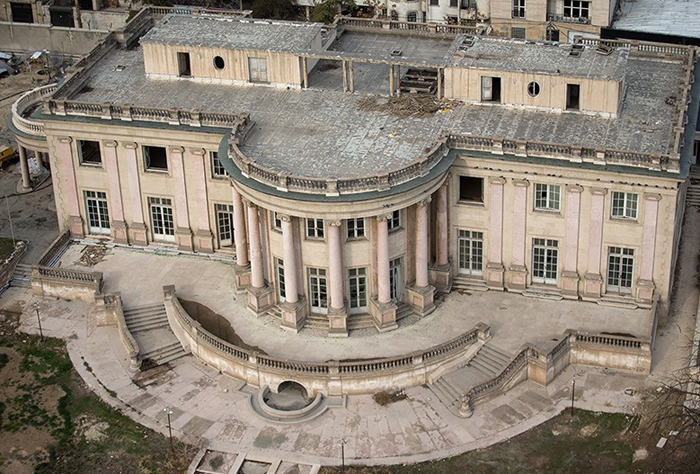Eventually on Wednesday (June 21), the head of Iran’s Cultural Heritage, Handicrafts and Tourism Organization (ICHHTO), Zahra Ahmadipour, ordered Tehran’s governor general to inscribe the Sabet Pasal Mansion in the Iranian capital on the list of National Heritage Sites.
The order was issued following many ups and downs and considerable controversy.
The registration of the mansion, located in the Iranian capital of Tehran, is aimed at preventing the demolition of the mansion by its private owner, who wants to build a high-rise building instead of the architectural masterpiece.
Following the registration of the mansion as a national heritage site, no development will be allowed in the building’s nearby area.
Earlier, Mehdi Chamran, the outgoing chairman of Tehran City Council, had said the building “is of no cultural value” and supported a proposal to construct a mosque in its place as well as a commercial centre “to cover the expenses of the mosque”.
Sabet Pasal Mansion, also known as the “Stone Palace” or “Iran’s Versailles Palace”, is Tehran’s largest historical house located to the north of Africa Boulevard in Elahiyeh neighbourhood. It was built in the second Pahlavi period across an area of over 11,500 square metres, modelled after Petit Trianon Chateau on the grounds of the Palace of Versailles.
It belonged to wealthy Iranian businessman Habibollah Sabet, known as Sabet Pasal, but was seized by Mostazafan Foundation after the 1979 Islamic Revolution. It is now owned by Ali Ansari, the managing director of Ayandeh Bank.
